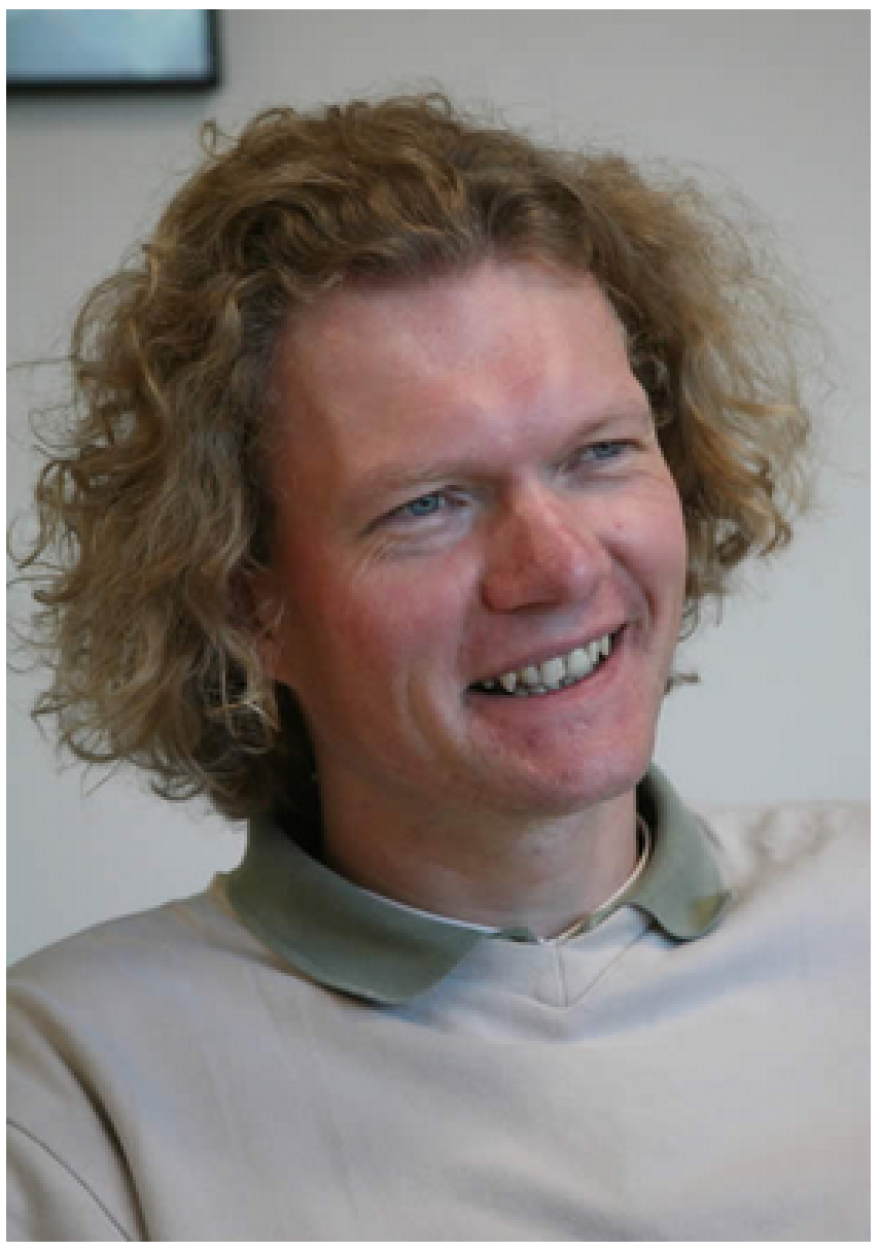More than a thousand scientists and policymakers from around the world, along with organizations representing indigenous peoples, industry and other interest are converging here in Fairbanks for Arctic Science Summit Week. They’re coming to nation’s leading Arctic-research university to share the latest information on rapid changes under way in the circumpolar north.
The first of dozens of events to be held as part of the18th annual Arctic Science Summit Week gets under way today on the University of Alaska-Fairbanks campus. UAF Vice Chancellor for Research Larry Hinzman says this year’s summit is the first to be held on U.S. soil. And it’ll be the biggest yet.
“You typically have like just five or six groups getting together,” said, “and so what we’ve done this time is essentially we’re inviting almost every group that facilitates Arctic research to join us for this meeting.”

Hinzman says organizers decided to expand the summit’s invitation list this year to enable face-to-face communication among participants, especially those working in research related to climate change. He says there’s also a practical reason for a bigger summit: to hold down costs.
“It’s really expensive and it’s really difficult to work in the Arctic and accomplish very much,” he said. “And what we’ve found is that if we can collaborate, if we can cooperate and share our resources and share our understanding and share our data, then we can achieve so much more.”
The scientists will give presentations in several forums that in previous years have been held separately, including the Arctic Observing Summit. UAF International Arctic Research Center Director Hajo Eicken is the organizer of that three-day event.

“We have a great mix of not just researchers, but also different stakeholders, different experts,” he said.
Eicken says those stakeholders include industry and the original Arctic observers, who will offer traditional knowledge to complement the scientific perspective.
“We’re going to bringing in a lot of people from tribal government, indigenous-peoples organizations around the Arctic to talk specifically about how can we best make observations jointly to allow us to better understand and respond to these rapid changes that we’re seeing in the Arctic,” he said.
A group of diplomats that helps nations shape their responses to those changes also will be meeting at UAF next week. They’re the Senior Arctic Officials, or SAOs, a group that carries out the day-to-day work of the Arctic Council, the advisory organization representing the eight circumpolar nations.
Some of the SAO presentations will be open to the public, and they’ll offer an insight into their nations’ perspectives on the Arctic, says Nils Andreassen, the secretariat of the Alaska Arctic Council Host Committee, which is coordinating the SAO visit.
“It’s a great place to see international subject-matter experts discuss the various issues facing the Arctic,” he said. “It’s a great place to explore the intersection between science, policy, business and community interests.”

Andreassen, who’s also executive director of Anchorage-based Institute of the North, says Monday’s Greater Fairbanks Chamber of Commerce meeting at the Carlson Center will offer a great opportunity to learn more about the Arctic Council and the SAOs. U.S. Senior Arctic Official Julie Gourley will talk about the two-year U.S. chairmanship of the Arctic Council.
Other speakers at the event will include Lt. Gov. Byron Mallott, Doyon President and CEO Aaron Schutt and Fairbanks-North Star Borough Mayor Karl Kassel.
But Arctic Science Summit Week will include more than research and diplomacy. Several other events featuring Arctic-themed storytelling, art, dance and cinema also will be held around Fairbanks throughout the week.
Information on all the summit events is available at ASSW2016.org.



